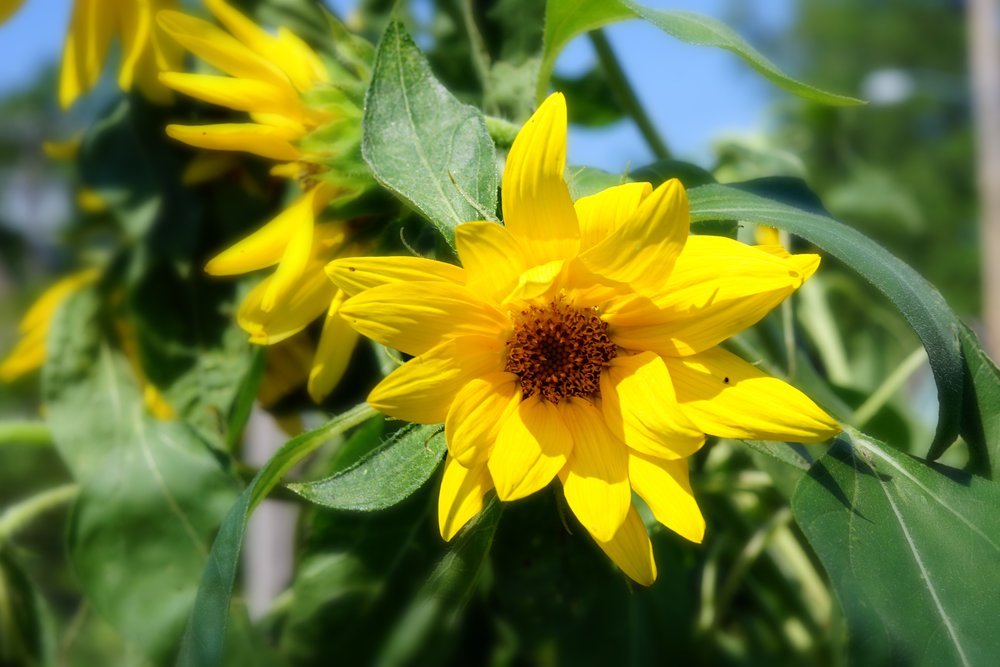Spring Sunchoke Harvest
Originally published April 15, 2022
Sunchokes, also known as Jerusalem Artichokes, are starchy roots native to North America. When I teach my children about the nomadic natives of our land that gathered roots and berries to supplement their fishing and hunting, these are the sort of roots they would seek out. Fortunately for them, and us, sunchokes are pretty easy to identify. The tubers (roots) send out a tall, sometimes thick stem that can grow anywhere from 10 feet to over 25 ft. Golden yellow flowers adorn the top of the stems in late summer and fall.
Sunchokes are harvested in the late fall, winter and early spring. As the plant above the ground starts to die off, the plant transfers it’s energy to the roots. Here, at Sunchoke Farms, we generally harvest in November, December and March. In January and February the ground is usually too frozen to dig up the roots. By the end of March, depending on the weather, the tubers still in the ground will start to sprout and transfer their stored up energy to grow a new stem and flowers.
As a starchy tuber, Sunchokes are enjoyed very similar to potatoes. A few differences worth noting…Sunchokes have a slightly earthy flavor that some really enjoy. The thin skin of sunchokes does not need to be peeled, but a good scrub is always welcome. Lastly, sunchokes contain an indigestible starch. This means that sunchokes will not raise blood sugar levels like potatoes, making them an ideal starch for diabetics and others with blood sugar sensitivity. But, it also means that sunchokes can cause flatulence in some people as that indigestible starch is passed through he intestines.
I’d highly recommend you give sunchokes a try when they are available seasonally during the late fall and early spring.
